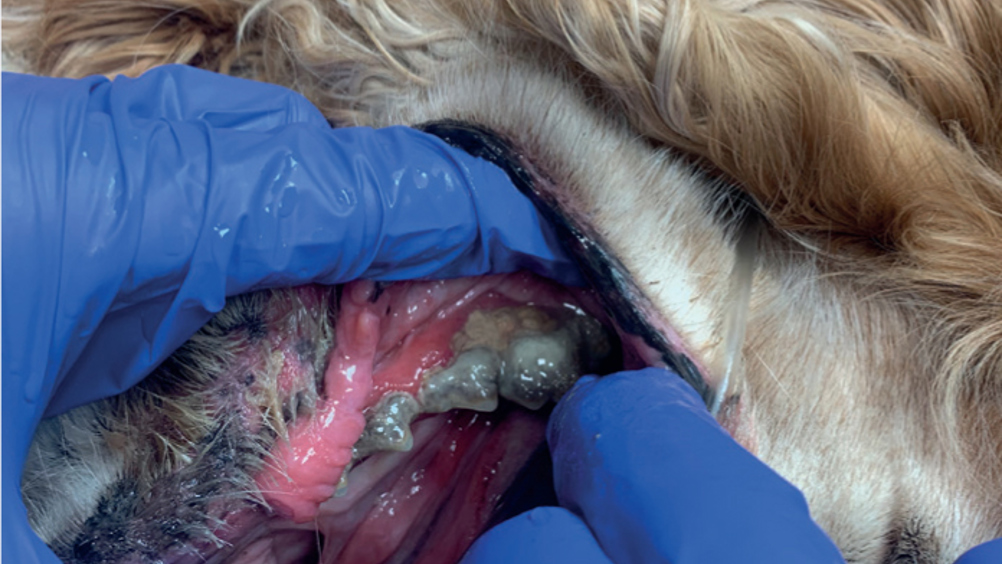References

Abstract
Exodontics is the branch of dental surgery concerned with the extraction of teeth. Dental extraction involves the removal of teeth from the dental alveolus (socket) in the alveolar bone of the incisive bones, maxilla and mandibles. There are two types of extractions the veterinary surgeon (VS) can perform — closed or open — and both are associated with tissue disruption and manipulation to varying degrees, which will inevitably initiate an inflammatory and pain response, which can prolong healing. The role of the veterinary nurse (VN) in preparing equipment and consumables for extraction should not be underestimated; excellent preparation can reduce surgical time, reduce the length of time the patient is anaesthetised, and ensure high-quality extractions can be performed by the VS to promote optimal postoperative healing.
There are many indications for the extraction of teeth in small animals. These include teeth affected by periodontal disease, fractured or worn teeth with pulp exposure, teeth involved in traumatic malocclusions, teeth with areas of resorption, persistent deciduous teeth and teeth affected by caries (Reiter, 2019; Niemiec et al, 2020) (Figures 1–5).
The veterinary surgeon (VS) will assess the oral cavity and dentition in the conscious animal first and discuss potential treatment options with owners. One of these options could be referral for advanced procedures, which can potentially save teeth as opposed to extracting them. The VS may recommend extraction as the best treatment option, or the owner may opt for extraction as opposed to referral. In these circumstances, the animal will be booked in for assessment under general anaesthetic plus extraction of the affected teeth.
Register now to continue reading
Thank you for visiting The Veterinary Nurse and reading some of our peer-reviewed content for veterinary professionals. To continue reading this article, please register today.

